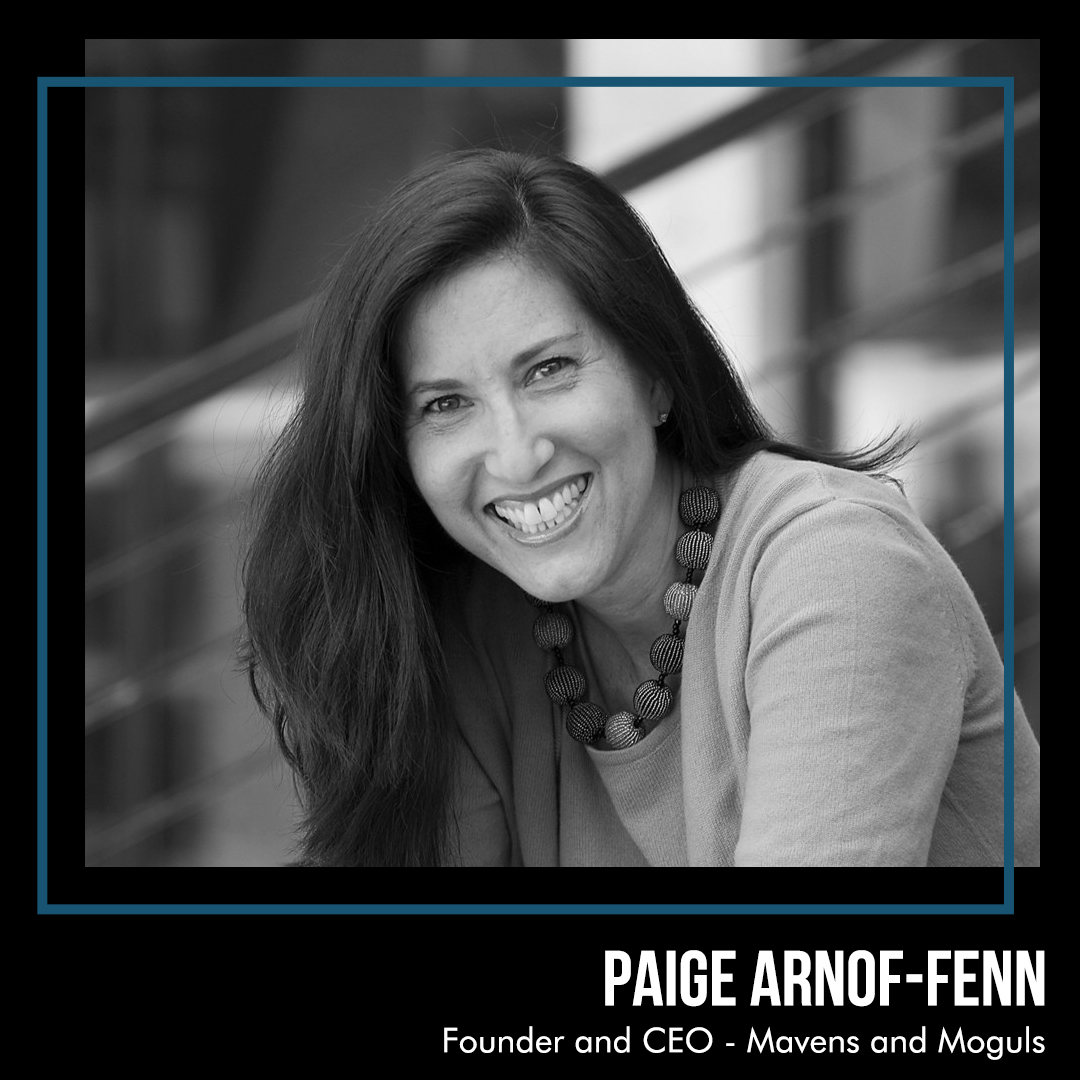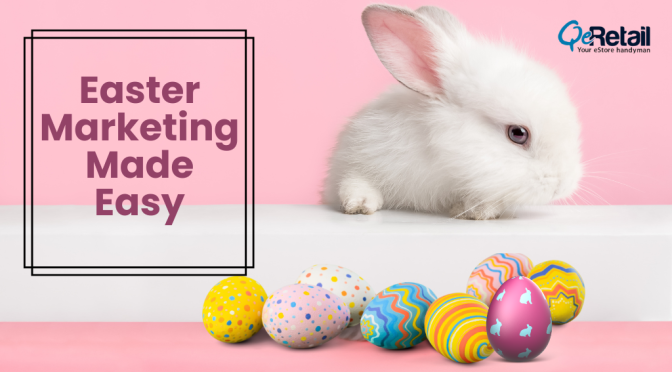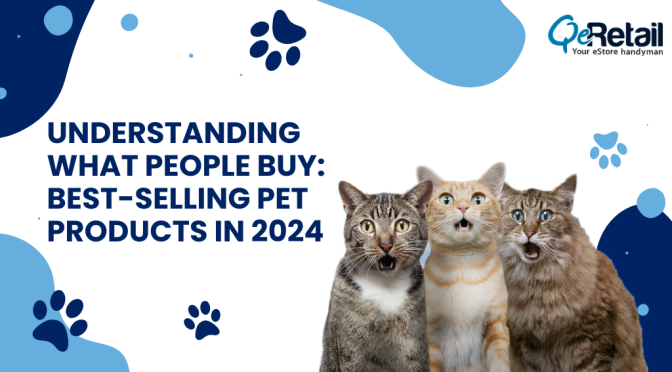Building an E-commerce business that can sustain itself during today’s fast paced time is no layman’s job. Every now and then, any and every one of us can feel the need to seek some advice. Be it at the inception of a firm, when sales reach a standstill, and most definitely during the ever-bustling Holiday season.
Would this year prove to bring about a positive shift from last year’s conversion drops, or do things stay unmoved? Do businesses need to pace-up and get onboard with what contemporary trends ask for, or do the same old tricks in the book cut it?
Well, there’s only one way to find out and that’s to ask.
These marketing aces divulged upon current trends, old-time practices, and ultimately – what today’s audiences look for.
Read ahead to know more on what our experts had to say!
Our Panelists –
Matt Lally

Can you divulge on some age-trusted sales tactics that can give brands that special edge within their audiences, during the Holiday season?
In your opinion, what would be the central reason for Seasonal Marketing to hold the kind of value / importance in the sphere of E-commerce industries at present?
Seasonal marketing is so critical to e-commerce because there is a huge subset of consumers who only buy goods during the holidays. They want to give gifts and thanks to their friends and family. Most consumers don’t have the disposable income to give gifts every week, which is why they budget for specific holidays and e-commerce sales soar.
Name one timeless strategy that you believe business owners should keep in mind to sustain within the E-commerce community?
The challenge with marketing in 2021 is that there are a lot of moving pieces. From inventory needs to social media assets to copy writing to website changes and more. You need to build the road before you drive the car. A reverse calendar allows your teams to work together and plan ahead for a road map throughout the year. This will ensure you’re not launching haphazardly on a holiday with a sale that will be negative ROI. Marketing is all about ROI and growth. And the best e-commerce marketers are doing that by planning and using reverse calendars.
Expert Tip –
The most important component of effective marketing is without a doubt measurement. If you aren’t tracking and measuring your marketing dollars and efficacy, you are losing ground to everyone else in the industry. These days marketers are more akin to data scientists than they are the ad people of the 1960s. I’d hire a “data driven” marketer versus a “creative” marketer every day of the week.
Emily Marlow

In your opinion, what would be the central reason for Seasonal Marketing to hold the kind of value / importance in the sphere of E-commerce industries at present?
It is no secret that e-Commerce is quickly becoming the #1 preferred method of shopping. Because of this exponential growth and volume, we are now able to recognize seasons and patterns in buyer behavior. These seasonal characteristics help marketers customize their campaigns to current buying habits.Many e-Commerce brands tend to break up their seasons by quarters, Q1 and Q4 being the busiest – due to the holidays.
Name one timeless strategy that you believe business owners should keep in mind to sustain within the E-commerce community?
As e-Commerce expands into the giant it is today, many businesses tend to focus on the more creative and glamorous aspects of product management. Activities like brand design and influencer marketing are what all up-and-coming brands seem to focus on. While these are great strategies for niche markets and products, the one timeless and universal strategy you need to stay competitive is quick and reliable shipping! Because buyers have the ability to do in-depth research at the tips of their fingers, they are finding out just how many product alternatives are out there. You can and will stand out by offering multiple shipping options, and ensuring orders are delivered accurately and efficiently.
Expert Tip –
Looking at traditional components of effective marketing, I believe market research is crucial when selling a product. Before you can create campaigns and track KPIs, there is a lot to learn about your audience and competitive landscape. First, you need to verify there is product-market fit. It can be easy to assume your product will sell because you think it’s a great idea, but in the end that doesn’t matter… there has to be an audience willing to buy it. Once that has been verified, you must continue in-depth research on your target customer. Determining key profile components like demographics and psycho-graphics will equip you with the knowledge needed to create targeted campaigns.
Jeff Romero

Which are some time-bound marketing hacks that today’s brands need to use more of?
Leveraging coupon codes during sales is huge for e-commerce retailers. Not only do they give a consumer a reason to click through to a sale, they are also easily track-able and can be shared (customers sharing through social media channels and/or email). Discounts should be attractive enough that a customer will use the coupon code, but not too deep that it would cut into profit margins.
What do you think would be the most effective way in which marketers can capitalize on the holiday season?
Almost all digital channels see a spike during the holiday shopping season, beginning in early November and lasting until mid-December. Marketers need to take advantage of these seasonal trends and traffic spikes by showcasing products in a seasonal matter.
How does a brand stand-out?
Don’t cut corners with design, presentation and experience. If every retailer is selling a similar product, you need to utilize your product photography, website design and customer experience to grow your brand. Anyone can start a Shopify store, but the ones that thrive hone in on their products, the look and feel of the site and of course, the entire shopping experience.
Expert Tip –
The most important thing to effective marketing is integrated communications. This means carrying out consistent messaging through all marketing mediums including search, video, email, social and on-site marketing. Imagine a confused customer who receives an email about a sale, clicks through to a website and isn’t met with the same messaging. Having consistency is key to running successful marketing campaigns whether it is on the scale of a small business or a large e-commerce store.
Paige Arnof-Fenn

Can you divulge on some age-trusted sales tactics, that can give brands that special edge within their audiences, during the Holiday season?
Omni-channel should be part of your holiday strategy to create a seamless experience for your customers regardless of channel or device. Consumers now engage with a company in a brick and mortar store, online or mobile app, by catalog, or via social media.They can access products and services by calling a company on the phone, by using an app on their mobile smartphone, or with a tablet, a laptop, or a desktop computer. Every piece of the consumer’s experience should be consistent and complementary.
Why do you think the holiday season has gained the kind of momentum it has, over the years?
I feel it’s a very important time as consumers today want to buy from brands that make them feel comforted and supported and that make their lives better. With the surge in online shopping triggered by the pandemic, warehouses and delivery companies are already operating at capacity and having trouble meeting demand. That pressure will only accelerate as holiday orders ramp up.
As far as your experience goes, what would be the most effective way to use SEO – centric marketing?
Using SEO and SEM together is ideal as main search engines are constantly changing their algorithms for rankings so stop thinking of SEO and SEM as rival forces. When used together they are complementary services that help boost your marketing strategy and increase brand exposure. The key is to build brand awareness and trust in your brand or business which begins by getting your business name to appear in prospect’s searches. Seeing your brand name appear twice, both on organic and on paid results, creates more brand awareness and intensifies your businesses’ trustworthiness. Research shows that if there are two brands that have apparently the same products, people will be more likely to choose the one they are familiar with. When a brand is shown in organic results alone it only gets 60% of clicks, whereas a brand that appeared in both organic and paid search results, attracts 92% of total clicks. When paid listings are shown beside organic, the click-through rate of paid ads increases. This means that clicks increase for both organic and paid listings when they are both featured and do not detract from each other.
Expert Tip –
Leveraging market research to tighten the value proposition so it can be reinforced at every customer touch point. Consistency and repetition of key benefits is always an effective strategy.
Igor Avidon

Can you name one age-bound marketing tactic that never goes in vain, as brands gear up for the holiday season?
Retargeting: We invest in pay-per-click (PPC) advertising, and focus on creating ads that feature a holiday touch in the ad copy. We also reach out to customers who abandoned their shopping cart or gave their email but didn’t check out by sending them a holiday-themed follow-up email to spike up their interest. · We show our consumers ads for products they have already expressed interest in, by viewing the product on our site. By promoting our ads to previous website visitors, we consistently see a high number of engagements and social shares as it often takes multiple views before someone engages with your offer.
How do brands make sure that they’re not loosing out on customers?
– Make sure that your site loads well on mobile because about 63% of retail website visits are done using smartphones. This is quite a large chunk which means that it is extremely important for your website to be mobile-friendly, or else you risk losing customers. Most consumers do their product research, purchase, and payment with the use of their smartphones. Have a mobile app for your online retail store to make shopping easier for your customers.
In your opinion, what would be a good way in which brands can attempt to be more interactive with their audiences?
Have a contest : We host a referral contest on social media a few months before the holiday season to generate leads and to build a relationship with our potential customers. We take advantage of hashtags to spread the word about our contest. The right hashtags can help you reach new shoppers who are looking for the perfect gift. An average of over 34% of new customers is acquired through contests.
Expert Tip –
Establish brand consistency. The consistent presentation of a brand increases revenue by 33%. At the core of any successful branding strategy is consistent communication. Branding, after all, is the way consumers perceive your brand. So you need to make sure that customers see your brand the way you want them to see it. And this is possible by coming up with a consistent message and visual identity for your brand and sticking to it.
To wrap up, we hope this expert-sourced compilation has been helpful to you and you can keep (at least) a few of these tips in mind before making your next marketing decision!
thanks for reading!








